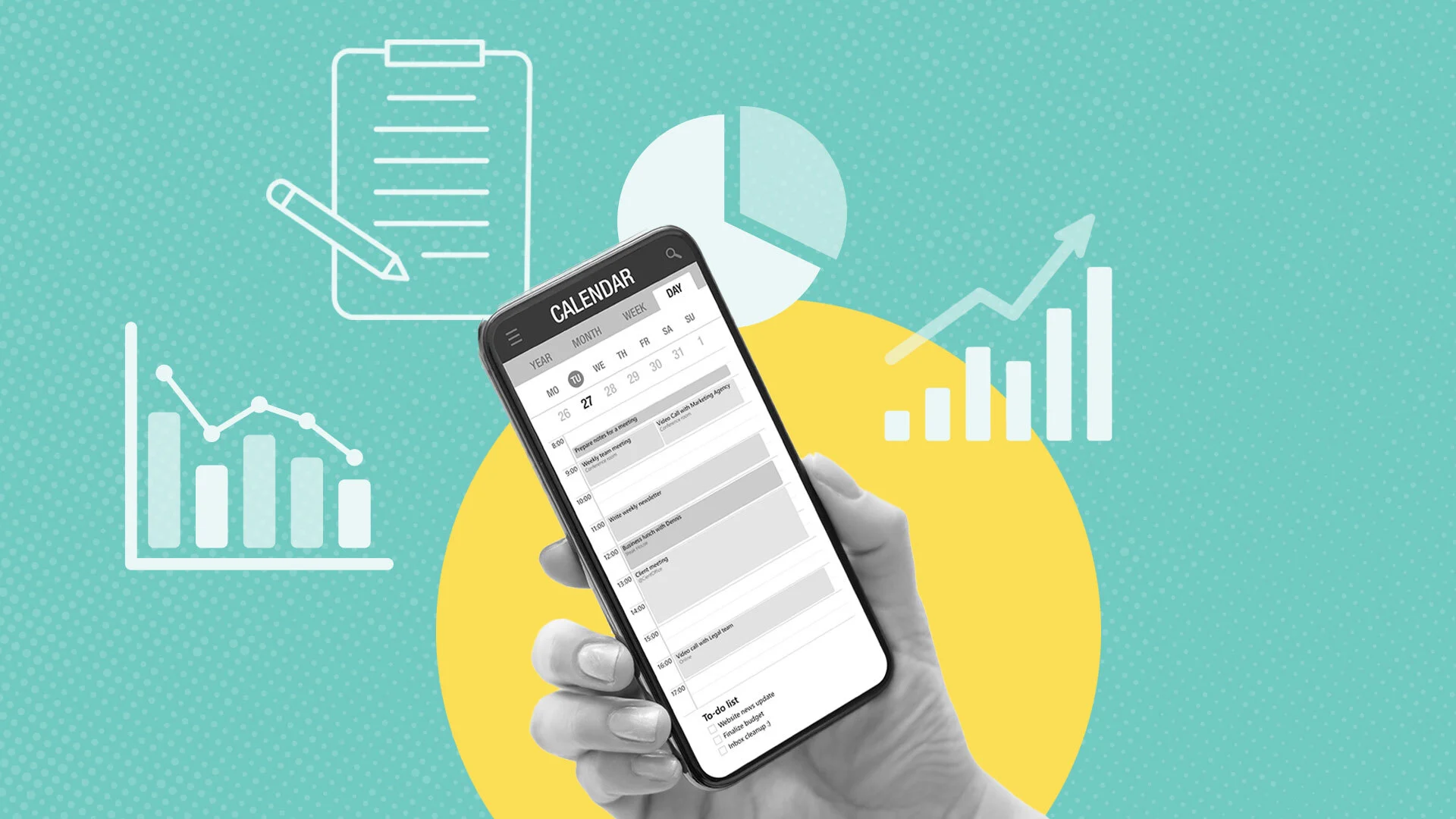Blockchain has emerged as one of the most groundbreaking technologies of the modern era. Although it is often linked with cryptocurrencies such as Bitcoin, its use extends far beyond digital assets. From revolutionizing industries like finance and healthcare to improving supply chain transparency and digital identity management, blockchain is reshaping the way data is stored and exchanged. Despite its growing prominence, many still struggle to understand its mechanics. This article aims to break down blockchain, explaining its features, functions, and real-world applications in an easy-to-grasp manner.
Understanding Blockchain: The Basics
At its core, blockchain is a decentralized and distributed ledger technology designed to store records in a secure, transparent, and unalterable manner. It operates as a “digital ledger” that logs transactions in a sequential and verifiable format, eliminating the need for central authorities such as banks or governments.
A blockchain consists of a series of blocks, each containing a set of transactions. These blocks are interconnected using cryptographic hashes, forming a continuous chain. Once recorded, data on the blockchain is immutable, meaning it cannot be modified or deleted, making the system highly secure and tamper-proof.
Essential Characteristics of Blockchain
Several key features define the power and uniqueness of blockchain technology:
- Decentralization – Unlike traditional systems where data is controlled by a single entity, blockchain operates across a distributed network of computers (nodes), ensuring no single point of failure.
- Transparency – All transactions recorded on a blockchain are publicly accessible to participants, promoting trust and accountability while minimizing fraudulent activities.
- Security – Using advanced cryptographic techniques, blockchain protects data from tampering. Each block is linked to the previous one, making it nearly impossible to alter past records without modifying the entire chain.
- Immutability – Once a block is added to the chain, it becomes a permanent record. This feature ensures trust in industries where data integrity is crucial, such as legal contracts and medical records.
- Consensus Mechanisms – Blockchain relies on different consensus protocols to validate transactions and maintain network integrity. The most common include Proof of Work (PoW), where miners solve mathematical problems, and Proof of Stake (PoS), which requires validators to hold a stake in the network.
How Blockchain Functions
The process of recording a transaction on a blockchain involves several key steps:
- Transaction Initiation – A user submits a transaction, such as transferring cryptocurrency or executing a smart contract.
- Validation – Network participants (miners or validators) verify the transaction using a consensus mechanism.
- Block Formation – Verified transactions are grouped into a block and linked to the previous block through a cryptographic hash.
- Blockchain Update – The new block is added to the distributed ledger, ensuring that all nodes update their records simultaneously.
- Finalization – Once recorded, the transaction is irreversible, making the blockchain an unchangeable record of digital interactions.
Real-World Applications of Blockchain
Blockchain extends far beyond cryptocurrency and has transformative applications across various sectors:
1. Cryptocurrency and Digital Payments
The most well-known use case is cryptocurrencies like Bitcoin and Ethereum, which leverage blockchain to facilitate secure and transparent peer-to-peer transactions without intermediaries.
2. Supply Chain and Logistics
Blockchain enhances supply chain management by enabling real-time tracking of goods, reducing fraud, and improving efficiency. Companies like Walmart and IBM use blockchain to trace product origins and ensure authenticity.
3. Smart Contracts
Self-executing contracts with coded terms automate agreements, reducing the need for third-party intermediaries. These contracts are used in industries like real estate, insurance, and legal services to ensure trust and efficiency.
4. Healthcare and Medical Records
Blockchain secures patient records, ensuring that sensitive data remains confidential and accessible only to authorized personnel. This technology reduces medical fraud and enhances data accuracy across healthcare institutions.
5. Voting Systems
Blockchain-based voting systems enhance electoral integrity by ensuring that votes are securely recorded and immune to tampering. This has the potential to eliminate voter fraud and increase transparency in democratic processes.
6. Digital Identity Verification
With blockchain, individuals can control their own digital identities, making online transactions more secure. Governments and financial institutions are exploring blockchain-based identity solutions to prevent identity theft and enhance user verification.
Challenges and Limitations
Despite its advantages, blockchain faces several challenges:
- Scalability Issues – Blockchain networks can become slow and expensive as transaction volumes grow, requiring further innovation to increase efficiency.
- Energy Consumption – Proof of Work (PoW) consensus mechanisms, such as those used in Bitcoin mining, require substantial computational power, leading to high energy consumption.
- Regulatory Uncertainty – Many governments have yet to establish clear regulations for blockchain and cryptocurrencies, creating legal uncertainties.
- Interoperability – Different blockchain networks often operate independently, and ensuring seamless communication between them remains a challenge.
The Future of Blockchain
As the technology continues to evolve, blockchain is expected to play a more prominent role in shaping industries worldwide. With advancements in scalability, energy-efficient consensus mechanisms, and regulatory clarity, blockchain could become an integral part of our digital future. From streamlining financial transactions to securing supply chains and personal identities, blockchain is unlocking new possibilities that promise greater transparency, security, and efficiency in various sectors.
Conclusion
Blockchain is much more than just the backbone of cryptocurrencies; it is a revolutionary technology with the potential to transform multiple industries. Its decentralized, transparent, and secure nature makes it ideal for applications ranging from finance and healthcare to governance and identity management. While challenges remain, ongoing developments and innovations are steadily paving the way for blockchain to become a mainstream solution for digital transactions and data security. As adoption increases, understanding this powerful technology will be crucial for businesses and individuals looking to leverage its benefits in the digital age.



